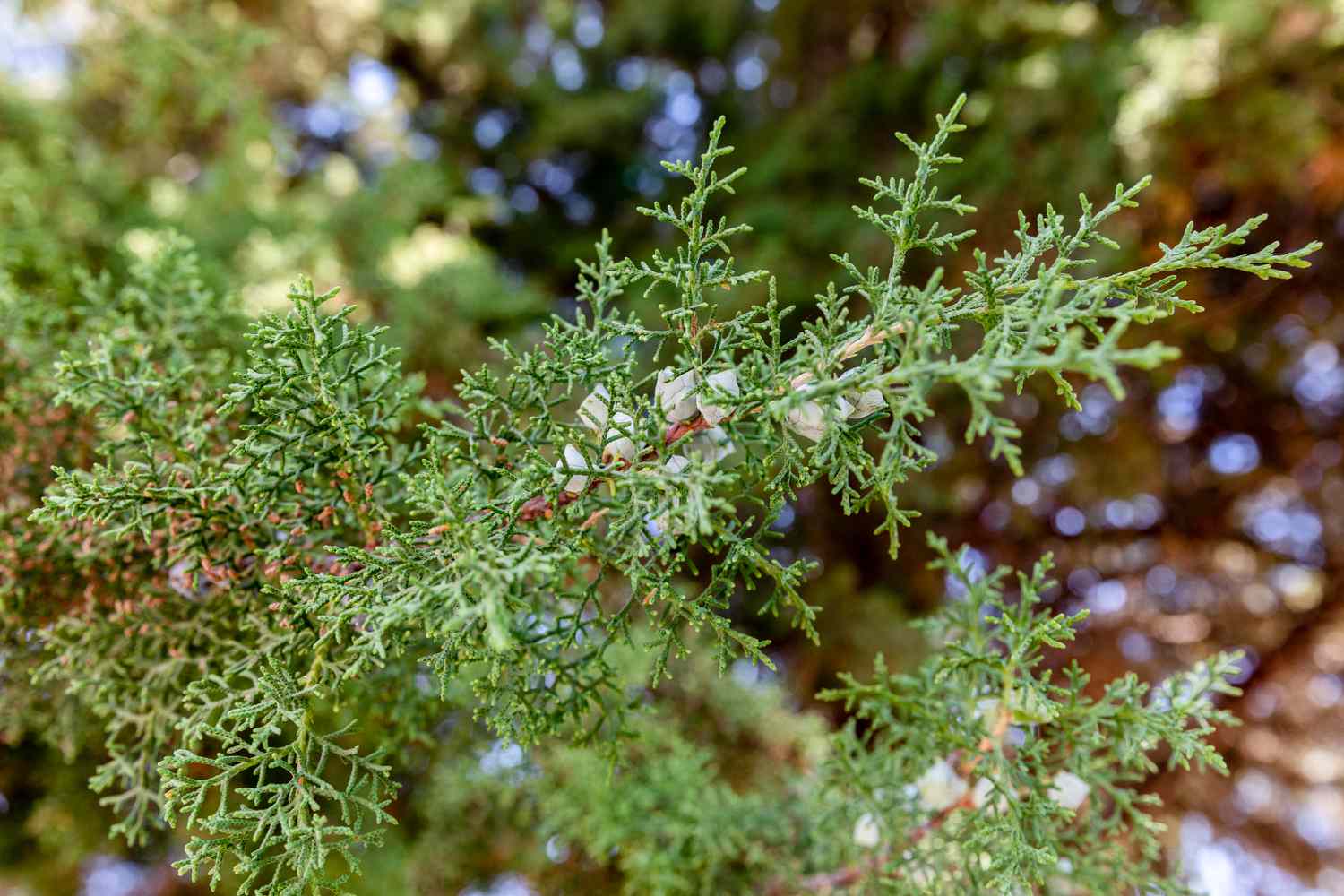
Western juniper, scientifically known as Juniperus occidentalis, is a remarkable tree species native to the western United States. With its striking blue-green foliage and gnarled, twisted trunks, this iconic tree has long been an integral part of the region's landscape and ecology. From its historical significance to its ecological role and diverse uses, Western juniper holds a wealth of fascinating facts waiting to be explored. In this article, we'll delve into 20 intriguing facts about Western juniper, shedding light on its unique characteristics, ecological importance, and cultural significance. Whether you're a nature enthusiast, a student of botany, or simply curious about the natural world, this exploration of Western juniper is sure to captivate your interest and deepen your appreciation for this extraordinary tree species. So, let's embark on a journey to uncover the wonders of Western juniper and gain a deeper understanding of its role in the diverse tapestry of the western U.S. landscape.
Key Takeaways:
- Western juniper, a long-lived tree with blue berries, provides vital habitat for wildlife and has historical and medicinal significance. Its unique growth patterns and fire-resistant qualities make it an iconic species in the western United States.
- Conservation efforts are underway to protect Western juniper habitats and promote sustainable harvesting practices. Its ecological adaptability, economic significance, and aromatic qualities continue to inspire and benefit both nature and human communities.
Western Juniper is a Long-Lived Species
With a lifespan of up to 1,600 years, Western juniper stands as a testament to longevity in the natural world.
Its Distinctive Blue Berries
The tree produces small, berry-like cones that transition from green to a striking blue hue as they mature.
Western Juniper's Resilience
Thriving in harsh environments, Western juniper showcases remarkable resilience in the face of drought and extreme temperatures.
A Vital Habitat for Wildlife
The tree provides essential shelter and sustenance for various wildlife species, including birds and mammals.
Historical Significance
Western juniper holds cultural and historical significance for indigenous communities, who have utilized its wood for various purposes for centuries.
Unique Growth Patterns
The tree's growth patterns often result in captivating, twisted shapes, adding to its allure in natural landscapes.
Medicinal Properties
Certain parts of the Western juniper have been used in traditional medicine for their purported healing properties.
Environmental Impact
As an evergreen species, Western juniper plays a crucial role in stabilizing soil and preventing erosion in its native habitats.
Aromatic Qualities
The tree's wood and foliage emit a distinct, pleasant aroma, making it a popular choice for aromatic products.
Conservation Efforts
Conservation initiatives are underway to protect and restore Western juniper habitats, recognizing the ecological importance of this species.
Artistic Inspiration
The unique form and texture of Western juniper wood have inspired artisans and craftsmen to create exquisite woodwork and sculptures.
Fire-Resistant Characteristics
Western juniper's dense wood and resinous nature contribute to its natural resistance to wildfires.
Sustainable Landscaping
In landscaping, Western juniper is valued for its drought tolerance and striking appearance, particularly in arid regions.
Wildlife Corridors
The presence of Western juniper trees contributes to the creation of vital wildlife corridors, supporting the movement of various species.
Carbon Sequestration
As a long-lived tree species, Western juniper aids in the sequestration of carbon, contributing to efforts to mitigate climate change.
Ecological Adaptations
The tree's ability to thrive in diverse ecological conditions reflects its remarkable adaptability as a species.
Economic Significance
The timber and wood products derived from Western juniper contribute to local economies and traditional craftsmanship.
Threats to Ecosystems
In some regions, the encroachment of Western juniper poses challenges to native plant communities and ecosystems.
Conservation Partnerships
Collaborative efforts between government agencies, conservation organizations, and local communities aim to safeguard Western juniper habitats.
Sustainable Harvesting Practices
Responsible harvesting practices are being promoted to ensure the sustainable utilization of Western juniper resources.
Western juniper, with its rich ecological, cultural, and economic significance, continues to captivate and inspire a diverse range of individuals and communities. Its enduring presence in the western landscapes serves as a reminder of the intricate connections between nature and human societies.
Conclusion
In conclusion, Western juniper is a fascinating and ecologically significant tree species that plays a crucial role in the western United States' diverse ecosystems. Its resilience, longevity, and unique adaptations make it a symbol of strength and endurance in the face of harsh environmental conditions. As efforts continue to manage its population and utilize its wood sustainably, it's essential to appreciate the intrinsic value of this iconic tree and the delicate balance required for its conservation. By understanding and celebrating the intricate relationship between Western juniper and its environment, we can ensure the preservation of this remarkable species for generations to come.
FAQs
What are the ecological benefits of Western juniper?
Western juniper provides essential habitat for wildlife, helps prevent soil erosion, and contributes to the overall biodiversity of its native ecosystems.
Is Western juniper wood suitable for woodworking projects?
Yes, Western juniper wood is prized for its durability and unique grain patterns, making it a popular choice for crafting furniture, decorative items, and outdoor structures.
Was this page helpful?
Our commitment to delivering trustworthy and engaging content is at the heart of what we do. Each fact on our site is contributed by real users like you, bringing a wealth of diverse insights and information. To ensure the highest standards of accuracy and reliability, our dedicated editors meticulously review each submission. This process guarantees that the facts we share are not only fascinating but also credible. Trust in our commitment to quality and authenticity as you explore and learn with us.


